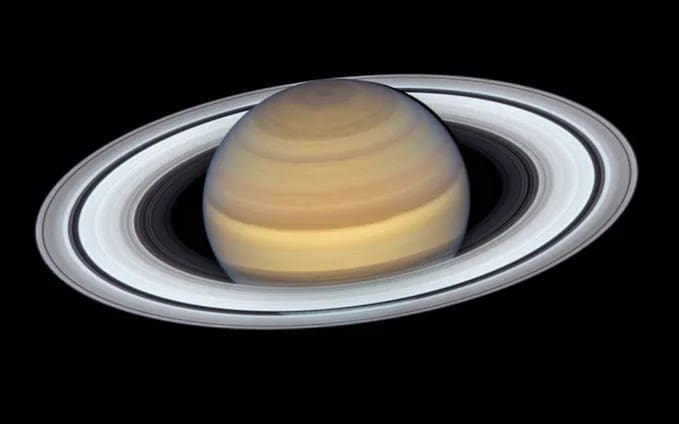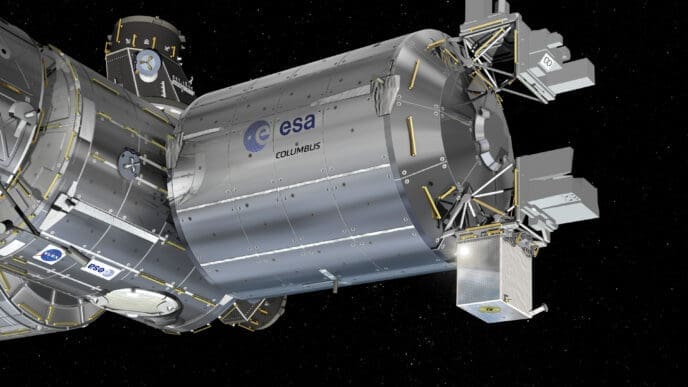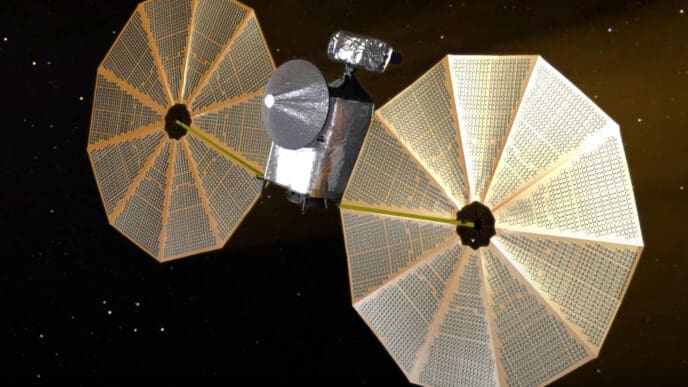NASA continues to unlock the mysteries of our solar system through its planetary science missions, challenging the frontiers of technology and science.
NASA’s planetary science program has been pivotal in advancing our understanding of the solar system, employing spacecraft and robotic engineering to push scientific boundaries. For decades, this program has facilitated visits to every planet and numerous small celestial bodies, offering insights into the history and evolution of our cosmic neighborhood.
Just before NASA’s Juno mission executed its 53rd flyby of Jupiter on July 31, 2023, it recorded stunning images of the planet’s volcanic moon, Io, illustrating the ongoing exploration efforts. NASA’s missions are guided by the recommendations from the National Academies’ Planetary Science and Astrobiology Decadal Survey 2023-2032, which aim to shed light on our solar system’s origins and inform humanity’s future beyond Earth.
One of the key missions under this program is the current Europa Clipper mission. This mission is designed to assess the habitability of Jupiter’s icy moon, Europa. The spacecraft is scheduled to launch aboard a SpaceX Falcon Heavy rocket on October 14, 2024, from NASA’s Kennedy Space Center. It will employ gravity assists from Mars and Earth to gather the momentum needed to reach Jupiter by April 2030.
NASA’s missions extend from exploring Mercury to the distant realms of the Kuiper Belt, where Pluto resides. The exploration of Mars has revealed potential signs of ancient liquid water, suggesting that the Red Planet may once have been habitable. These findings are crucial as scientists map potential zones of habitability and study the chemical makeup of these worlds to assess their potential for life.
The Perseverance rover on Mars, for example, uses its advanced technology to analyze rock formations in Jezero Crater, searching for signs of past life and collecting data valuable for future human missions. Meanwhile, Earth-based instruments, such as telescopes and sensors, are employed to monitor near-Earth objects, contributing to planetary defense and future exploration plans.
Significantly, NASA’s approach involves collaboration with other organizations like the National Science Foundation and the U.S. Air Force. These partnerships enhance the ability to track, catalog, and understand the characteristics of celestial bodies that may pose threats to Earth or provide resources for exploration.
Additionally, the upcoming Psyche mission aims to travel to a metal-rich asteroid between Mars and Jupiter. This mission will not only study the asteroid’s composition but also test new communication technologies, potentially revolutionizing data transmission in deep space.
NASA’s efforts in planetary science are not just about exploring; they also focus on understanding the processes leading to habitable conditions. This knowledge supports the safe conduct of human missions as they venture beyond low Earth orbit.
Through its dynamic planetary science program, NASA is unearthing vital knowledge about our solar system, enabling both scientific discoveries and the future of human space exploration.
Source: Science.Nasa












